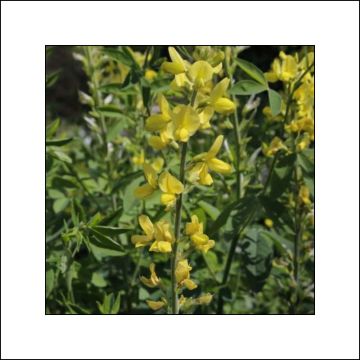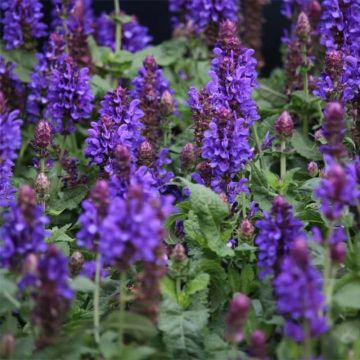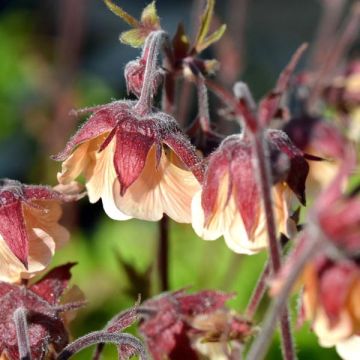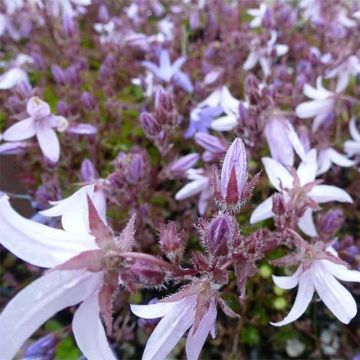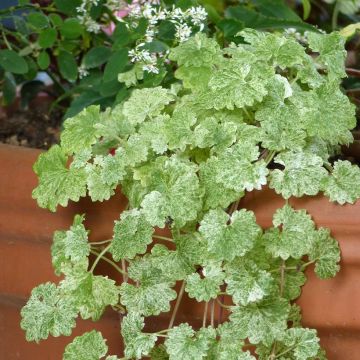

Omphalodes verna


Omphalodes verna
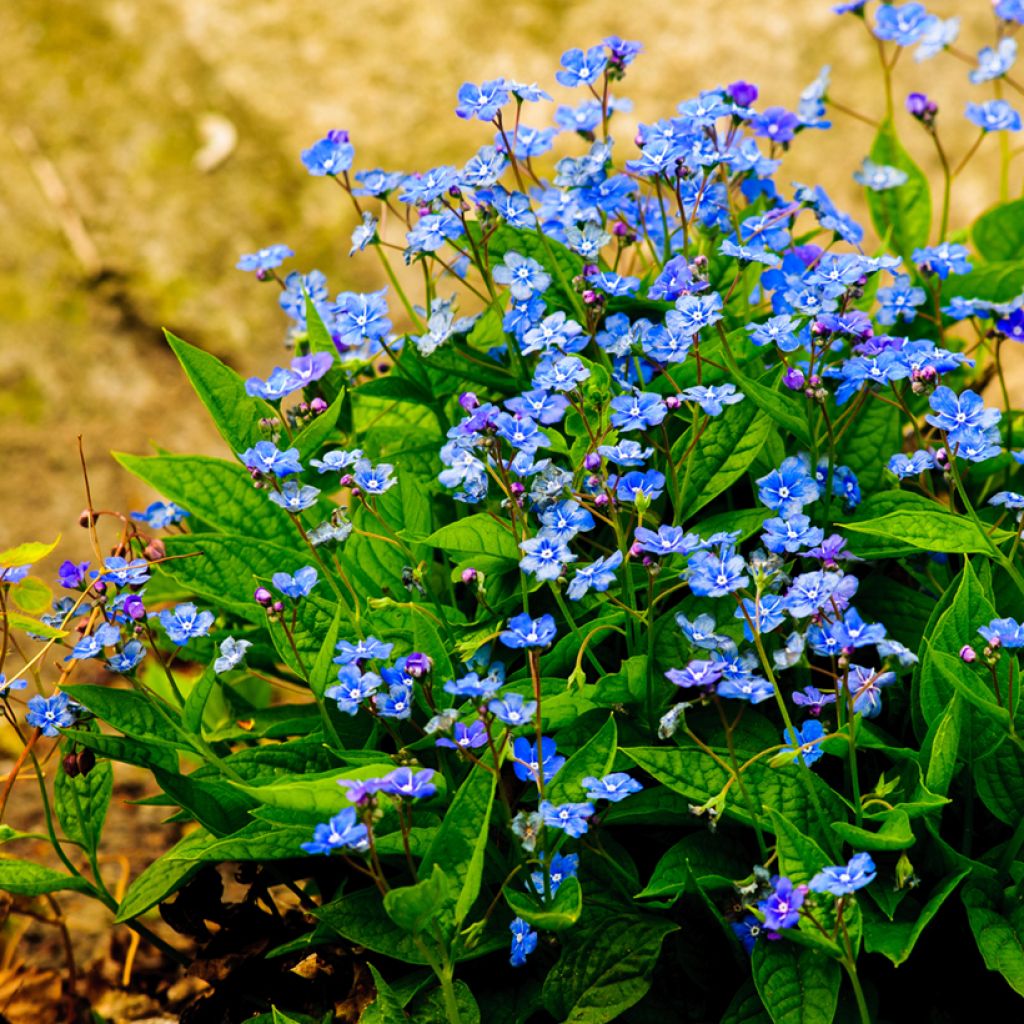

Omphalodes verna
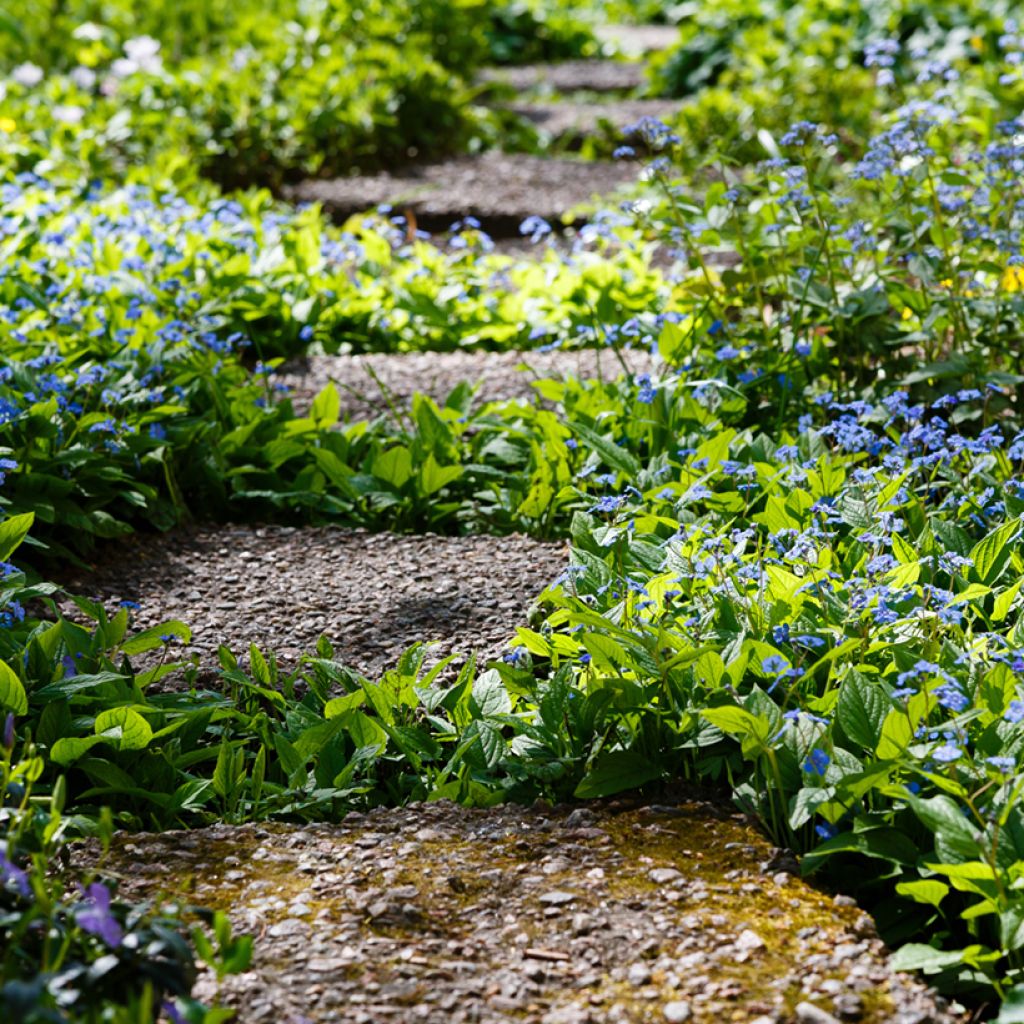

Omphalodes verna


Omphalodes verna


Omphalodes verna
Omphalodes verna
Omphalodes verna
Spring Navelwort, Creeping Navelwort, Blue-eyed Mary
This plant carries a 12 months recovery warranty
More information
We guarantee the quality of our plants for a full growing cycle, and will replace at our expense any plant that fails to recover under normal climatic and planting conditions.
From €5.90 for pickup delivery and €6.90 for home delivery
Express home delivery from €8.90.
Does this plant fit my garden?
Set up your Plantfit profile →
Description
Omphalodes verna, also known as Creeping Naverlwort, is a small ground cover perennial that forms a wonderful carpet of flowers reminiscent of forget-me-nots, with its striking blue colour in the clear shade of the undergrowth. They are even more appreciated as they bring life to areas of the garden that are often less floriferous, at a time of year when flowering is still rare. Indifferent to cold, tolerant of clay, heavy and chalky soils, this carefree plant is comfortable in most of our regions, as long as the soil it grows in remains somewhat moist in summer.
Omphalodes verna belongs to the family Boraginaceae, just like the common borage. This botanical species is native to Central Europe, from the Italian Lombardy to Hungary.
It is a 15cm (6in) tall herbaceous perennial with a creeping stoloniferous base that spreads laterally. From spring, it develops beautiful basal clumps composed of rounded, slightly puckered fresh green leaves, which usually disappear in winter. The flowering takes place from March to May. The pretty forget-me-not flowers are a vivid blue, 1.5cm (1in) in diameter, adorned with a small white eye, and carried by long, flexible, sparsely leafed pedicels. They are gathered in short terminal clusters, quite loose and lightweight.
Omphalodes verna is a charming ground cover to be planted in a clear and cool undergrowth, under deciduous bushes with light foliage, in humus-rich soil that remains moist even in summer. Plant it in partial shade, for example in the company of wood or Japanese anemones, wood hyacinths, by placing young plants here and there among clusters of Epimediums. Its association with the Narcissus 'Tête-à-Tête' is particularly successful. It will create surprising blue flows in a shaded rockery, making its way among large mossy stones. It is also a lovely plant to border a pathway exposed to morning sun. It is one of those perennials that beautify year after year, without requiring any maintenance. Its extraordinary blue flowering will take over from that of liverworts and fragrant violets that appreciate the same environments.
Omphalodes verna in pictures


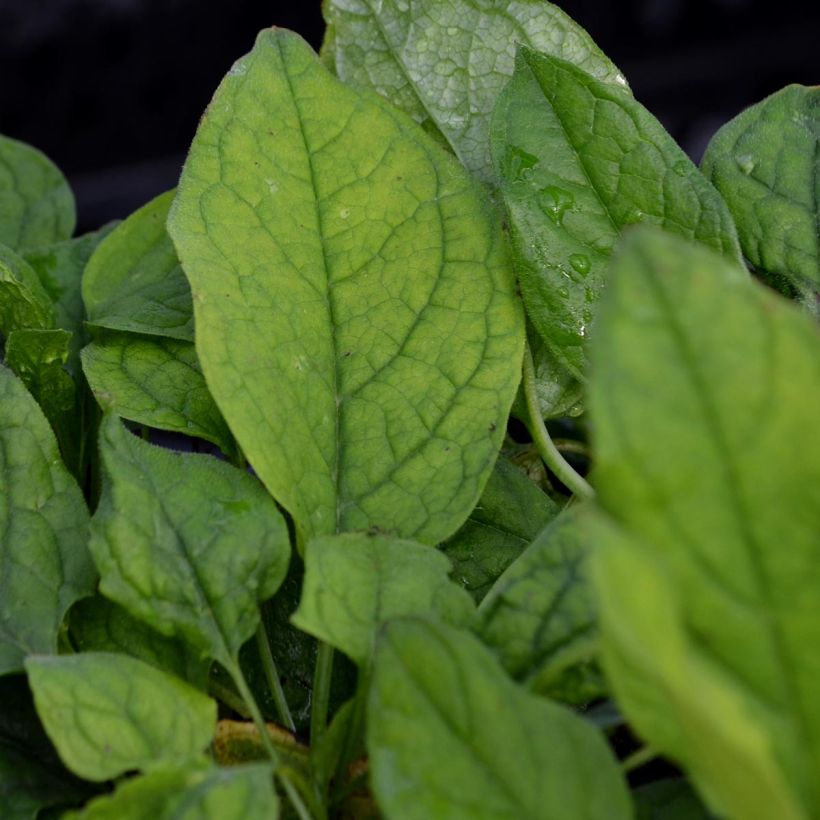



Flowering
Foliage
Plant habit
Botanical data
Omphalodes
verna
Boraginaceae
Spring Navelwort, Creeping Navelwort, Blue-eyed Mary
Central Europe
Other Omphalode
Planting and care
Omphalodes verna is an excellent perennial plant, very cold-resistant, and easy to grow in any soil that remains somewhat moist, even very clayey, chalky, or even wet. However, excessively dry climates and soils in summer are not suitable for it. It prefers semi-shaded exposures, for example under the cover of bushes or deciduous tall trees with light foliage. This plant also thrives very well on the edge of cool undergrowth.
We have planted it in the rockery, in a rather dry slightly chalky soil, together with forget-me-nots and Sedum; then in a heavy, clayey, and acidic soil, in a completely shaded situation, together with lungworts and daffodils. They seem to adapt perfectly to these two radically opposite situations and live there without any particular care. They do not suffer from diseases or pests in our gardens. Maintenance consists of cleaning the dry foliage in autumn or late winter.
Planting period
Intended location
Care
-
, onOrder confirmed
Reply from on Promesse de fleurs
Spring flowering perennials
Haven't found what you were looking for?
Hardiness is the lowest winter temperature a plant can endure without suffering serious damage or even dying. However, hardiness is affected by location (a sheltered area, such as a patio), protection (winter cover) and soil type (hardiness is improved by well-drained soil).

Photo Sharing Terms & Conditions
In order to encourage gardeners to interact and share their experiences, Promesse de fleurs offers various media enabling content to be uploaded onto its Site - in particular via the ‘Photo sharing’ module.
The User agrees to refrain from:
- Posting any content that is illegal, prejudicial, insulting, racist, inciteful to hatred, revisionist, contrary to public decency, that infringes on privacy or on the privacy rights of third parties, in particular the publicity rights of persons and goods, intellectual property rights, or the right to privacy.
- Submitting content on behalf of a third party;
- Impersonate the identity of a third party and/or publish any personal information about a third party;
In general, the User undertakes to refrain from any unethical behaviour.
All Content (in particular text, comments, files, images, photos, videos, creative works, etc.), which may be subject to property or intellectual property rights, image or other private rights, shall remain the property of the User, subject to the limited rights granted by the terms of the licence granted by Promesse de fleurs as stated below. Users are at liberty to publish or not to publish such Content on the Site, notably via the ‘Photo Sharing’ facility, and accept that this Content shall be made public and freely accessible, notably on the Internet.
Users further acknowledge, undertake to have ,and guarantee that they hold all necessary rights and permissions to publish such material on the Site, in particular with regard to the legislation in force pertaining to any privacy, property, intellectual property, image, or contractual rights, or rights of any other nature. By publishing such Content on the Site, Users acknowledge accepting full liability as publishers of the Content within the meaning of the law, and grant Promesse de fleurs, free of charge, an inclusive, worldwide licence for the said Content for the entire duration of its publication, including all reproduction, representation, up/downloading, displaying, performing, transmission, and storage rights.
Users also grant permission for their name to be linked to the Content and accept that this link may not always be made available.
By engaging in posting material, Users consent to their Content becoming automatically accessible on the Internet, in particular on other sites and/or blogs and/or web pages of the Promesse de fleurs site, including in particular social pages and the Promesse de fleurs catalogue.
Users may secure the removal of entrusted content free of charge by issuing a simple request via our contact form.








































